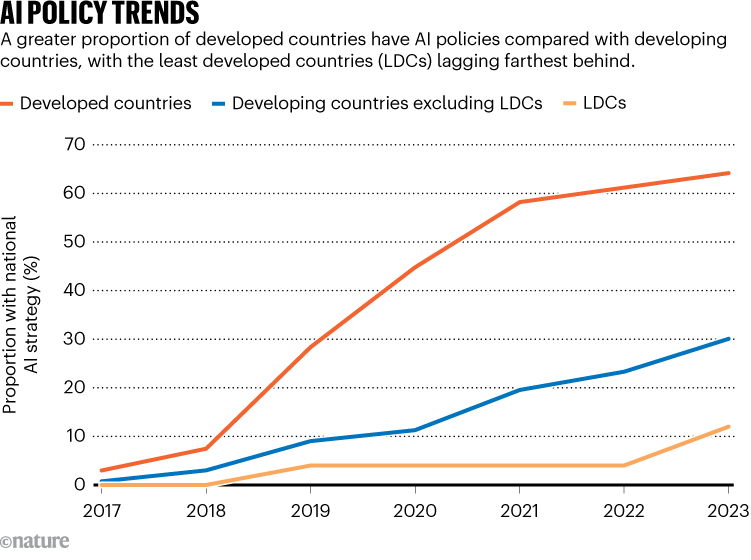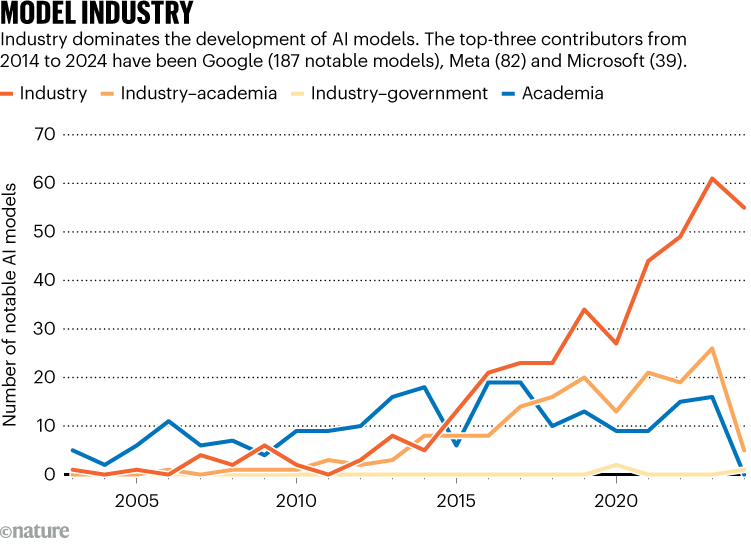
NASA’s Nancy Grace Roman Space Telescope is now fully assembled. It will undergo extensive testing during the first half of 2026. Courtesy of NASA
The James Webb Space Telescope (JWST) celebrated its 4th anniversary in space on Dec. 25….


NASA’s Nancy Grace Roman Space Telescope is now fully assembled. It will undergo extensive testing during the first half of 2026. Courtesy of NASA
The James Webb Space Telescope (JWST) celebrated its 4th anniversary in space on Dec. 25….

A team of South Korean researchers have found that a mysterious…

Epilepsy is a chronic neurological disorder characterized by recurrent, unprovoked seizures due to abnormal electrical activity in the brain. It affects millions of individuals globally, with diverse etiologies and clinical…

This Rapid Risk Assessment (RRA) aims to assess the risk of chikungunya virus disease at the global level, considering the public health impact, the risk of geographical spread and the risk of insufficient control capacities with available…

Gift cards are one of the most popular presents to give during the holidays, but many people don’t get the best bang for their buck.
Last year, 43% of Americans reported having unused gift cards, according to consumer financial site Bankrate. That’s around $240 per person on average of unused money.
Here are five ways to get the most value out of your gift cards — even if it’s a gift card you don’t want.
It sounds simple, but a lot of people lose their gift cards or just forget about them before they ever get a chance to spend the money.
Budgeting expert Andrea Woroch suggests keeping your cards in a place where they’re always visible.
“I like to keep my gift cards in front of my credit card so I don’t forget to use them,” Woroch said. “You could also write a list of all the different gift cards you have.”
She also recommends keeping track of the balances. You can write it on a sticky note and attach it to the card, or create a digital spreadsheet.
If you’re trying to check your card’s balance, only use the website listed on the back of the card. Scammers like to impersonate gift card balance checking sites so always be cautious where you enter your card information online.
Most retailers let you stack gift cards with other discounts so look for opportunities to maximize your savings, according to Woroch.
“After the holidays is actually a good time to use your gift card, as long as you’re using it on something you actually need, and not just spending to spend it,” she said. “Look for those sales; there’s going to be a lot of holiday clearances, especially on winter apparel, winter boots.”
You can also earn rewards on gift card dollars spent. Woroch personally recommends Fetch Shop, which is a free browser extension.
“With Fetch Shop you’ll earn points for all your online purchases regardless with how you pay, even if you’re paying with your gift card,” she said.
Once you amass enough points Woroch says you can use them to redeem more gift cards.
If you received a gift card to a store you don’t shop at or restaurant you don’t like, you’re not out of luck.
Several legitimate websites like Gift Card Granny, Card Cash, and Raise let you sell your unwanted gift cards for cash or trade them for other cards.
“There’s a variety of these gift card resale sites that will pay you up to 92% of the value,” Woroch said. “Although you might not be getting the full amount in cash, it could be a much better deal than just getting a gift card that you don’t need and letting it go to waste, or buying something you really didn’t want.”
Did you know you can redeem unused gift card funds for cash in some states?
New Jersey is the only state in our area that lets you turn your gift card balances into a refund, but there’s a catch.
According to state law, only a gift card worth less than $5 is redeemable in cash. Still, that could add up if you have multiple cards with small remaining balances.
While it’s unnecessary to rush out and spend a gift card right away, you don’t want to wait too long because that business might not be there forever.
For example, local brewery Iron Hill recently file for bankruptcy making any unspent gift cards worthless.
Federal law requires gift cards to remain valid for at least five years after activation, but if the store or restaurant goes out of business before then there’s no guarantee you’ll get your money back.
Looking for help with a consumer issue? Click here to submit your complaint to In Your Corner.
PathGennie, a novel computational framework developed by scientists can significantly accelerate the simulation of rare molecular events.
Published in the Journal of Chemical Theory and Computation, this open-source software offers a…

Khyentse Foundation, a nonprofit organization founded by the revered Bhutanese…

Summary: For each month of 2025, here is the best image I made that month. The collection shows the progress of AI-generated images over the year, in terms of the complexity of imagery that creators can now attempt. I used 5 different image tools…

AI technologies need to be safe and transparent. There are few, if any, benefits from being outside efforts to achieve this. Credit: George Chan/Getty
You don’t need to be an oracle to know that the coming year will see further advances in artificial intelligence, as updated and new models, publications and patents continue their inexorable rise. If current trends are a reliable guide, many countries will also be enacting more AI-related laws and regulations. In 2023, at least 30 such laws were passed around the world, according to the Artificial Intelligence Index Report 2025, produced by researchers at Stanford University in California. The following year saw another 40.
Over the past couple of years, AI lawmaking has been busiest in the East Asia and Pacific region, in Europe and in individual US states. Between them, US states passed 82 AI-related bills in 2024. But there are some notable cold spots, too: there has been relatively little activity in low and lower-middle-income countries (see ‘AI policy trends’). Meanwhile, the US federal government is bucking the trend by cancelling AI policy work and challenging state-level AI laws.

Source: UNCTAD based on data from the 2024 AI Index report.
This must be the year that more lower-income countries start regulating AI technologies, and that the United States is persuaded of the dangers of its approach. The country is one of the biggest markets for AI technologies, and people around the world are using models developed mainly by US companies. All nations need AI laws and policies, regardless of their position on the spectrum of producers and consumers. It’s impossible to imagine the technologies used in energy, food production, pharmaceuticals or communications being outside the ambit of safety regulation. The same should be true of AI.
There is a growing international consensus. The authorities in China, for example, are taking AI regulation extremely seriously, as are those of many European countries. Most of the rules of the European Union’s AI Act are expected to come into force in August. In 2024, the African Union published continent-wide guidance for AI policymaking. There are also moves to establish a global organization for cooperation on AI, possibly through the United Nations.
A wide spectrum of national and regional laws and regulations are in place or under development. Some countries, for example, are looking to ban ‘deepfake’ videos. This should be a universal goal. Companies should also provide details of the data used to train models, and need to ensure that copyright is respected in the training process. The overriding ambition must be to achieve regulations similar to those governing other general-purpose technologies. AI developers — most of which are companies (see ‘Model industry’) — need to transparently explain how their products work, demonstrate that their models have been produced through legal means, and show that the technology is safe and that there is accountability for risks and harm. Transparency is also needed from researchers, more of whom need to publish their models in the peer-reviewed literature.

Source: 2025 Stanford AI Index report.
According to UNCTAD, the UN trade-policy agency for low- and middle-income countries, two-thirds of high-income countries and 30% of middle-income countries had AI policies or strategies in place at the end of 2023, but little more than 10% of the lowest-income countries did. These nations need to be supported in their AI-regulatory efforts.
There is also a need to engage with the United States. On taking office, President Donald Trump cancelled a programme set up by the previous administration through which the National Institute of Standards and Technology had started to scope out AI standards with technology companies. In December, an executive order was issued forbidding state laws that conflict with White House AI policy.
The leaders of some technology companies seem to be satisfied with this direction of travel. But others know that good regulations give companies consistency in standards and allow them to plan predictably for the long term. Light-touch regulation, or no regulation at all, is in neither their nor their customers’ interests.
Civil servants working at regulatory agencies know that better regulation is needed, both to protect people, particularly children, from harm and to reassure consumers. They can see that there is considerable public anxiety about the risks of AI, fuelled, in part, by companies’ stated ambition to work towards artificial general intelligence. And they can hear the voices of those in the AI research community, including some of the field’s pioneers, who are warning of possible existential risks from uncontrollable AI.
Officials in the Trump administration have said that regulation will risk the United States losing the AI race with China. But, as Nature’s news team has reported (Nature 648, 503–505; 2025), China is exploring an alternative path to innovation. Its AI companies are creating innovative products, using technologies that are more open than those of US counterparts, and working to nationwide regulations that require more disclosure.
Technology companies know that their business models rely on public cooperation, particularly when it comes to access to data. That cooperation will evaporate if people lose confidence that their data are safe and being used responsibly, or learn that AI products are harming people.
AI is potentially a transformative technology. However, we don’t know how that will manifest, or what impact it will have. Many countries are rightly being cautious and assessing risks, but more coherence is needed in policymaking. Nations should work together to design policies that not only enable development, but also incorporate guardrails. Let 2026 be the year everyone agrees on that.